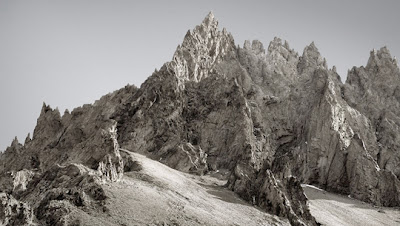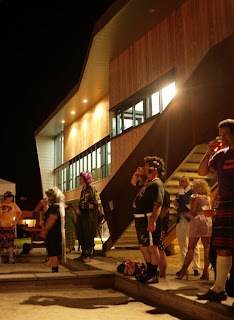 |
| Photo courtesy of Emily Schiffer |
Similar to our last blog post on La Place du Geant we would like to share this interesting spin on community based design visualization. Photographer Emily Schiffer has developed an idea that hopes to better serve communities suffering from poverty, blight, and underused infrastructure in the South Side of Chicago. In partnership with Orrin Williams, the founder and director of the Center for Urban Transformation (CUT) [http://www.cutchicago.org/], she would like to engage the community with and public art with the goal of transforming urban blight into community potential.
With a focus on urban agriculture Schiffer would like to work with artists, photographers, and community leaders to use large-scale photographic installations and urban redevelopment as strategies for pre-visualizing a transformed landscape. Her hope is that this community cooperative approach will help to redirect attention towards solutions based in reality and "reframe individuals' relationships with food and foster new forms of healthy living."
The viability of urban agriculture in the United States is yet to be determined given the dominance of industrial farming operations. Family farms in rural areas all over the country are continuing to fail at an alarming rate. If it can be accomplished in an manner that is economically and socially sustainable, perhaps part of the answer lies with urban agriculture. The fact that it is unproven does not preclude attempts to create urban farms. Organic farming at one time was considered a niche business, but it profitably continues now on a variety of scales. Maybe the same can happen for urban agriculture.
We applaud Schiffer's project and value the creativity, courage, and vision it takes to make something like this happen.
To find out more about Schiffer's project, watch the video below or visit Kickstarter.
Photo and text courtesy of Kickstarter and Emily Schiffer.




























